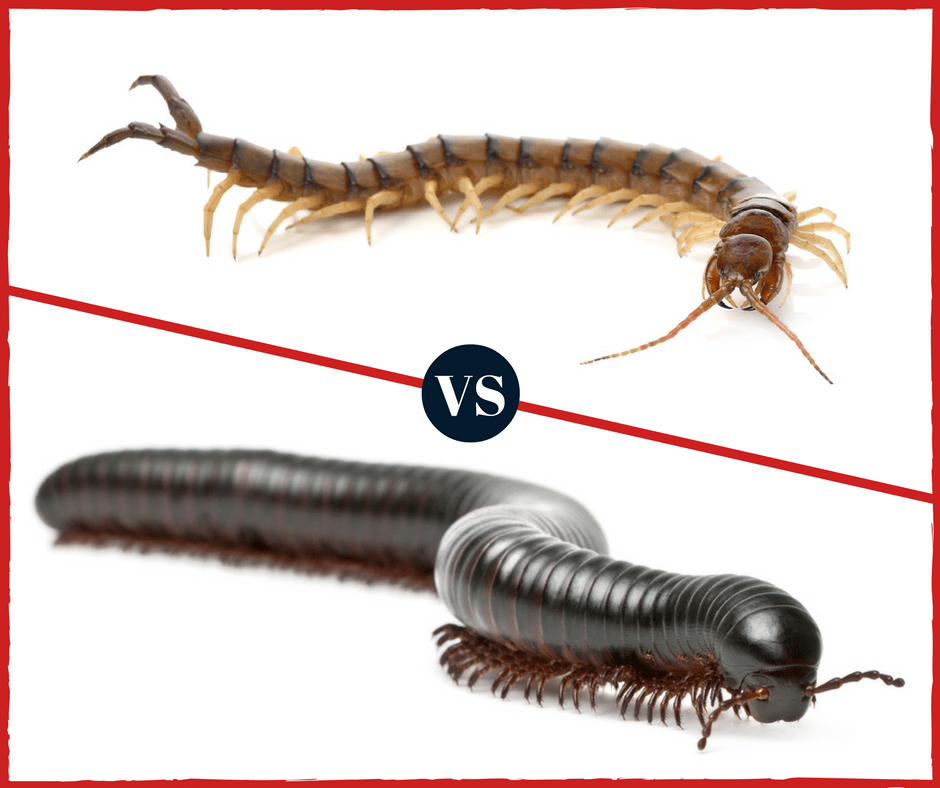Are Millipedes and Centipedes Poisonous? A Comprehensive Guide
When it comes to crawling critters, millipedes and centipedes often evoke mixed reactions. Some people find them fascinating, while others recoil in fear. One of the most common questions people have about these multi-legged creatures is whether they are poisonous. Understanding the difference between millipedes and centipedes, their behaviors, and their potential impact on humans is essential to demystify these arthropods. So, let’s dive into the world of millipedes and centipedes to answer the question: Are they poisonous?
Millipedes vs. Centipedes: Understanding the Difference
Before addressing their potential toxicity, it’s important to distinguish between millipedes and centipedes. Despite their similar appearances, these two creatures belong to different classes and have distinct characteristics.

Millipedes (Class: Diplopoda):
Millipedes are slow-moving, cylindrical arthropods known for their numerous legs—though they don’t actually have a thousand legs as their name suggests. Most species have between 30 and 400 legs, arranged in two pairs per body segment. They are primarily detritivores, meaning they feed on decaying plant material, leaves, and wood. Millipedes are generally harmless to humans and are not aggressive.
Centipedes (Class: Chilopoda):
Centipedes, on the other hand, are carnivorous, fast-moving predators. They have elongated, flattened bodies with one pair of legs per body segment. The number of legs varies by species but can range from 15 to over 300. Centipedes are equipped with venomous claws, called forcipules, which they use to capture and immobilize their prey. Unlike millipedes, centipedes can be more aggressive and are capable of delivering a painful bite.
Are Millipedes Poisonous?
Millipedes are not poisonous in the sense that they do not inject venom into humans or other animals. However, they do possess chemical defenses that can be irritating to humans. When threatened, many millipede species secrete a toxic liquid or spray containing compounds such as hydrogen cyanide, benzoquinones, and other irritants. These substances can cause mild to moderate reactions, including:
– Skin irritation or discoloration (temporary brown stains)
– Eye irritation if the secretion comes into contact with the eyes
– Allergic reactions in sensitive individuals
While these secretions are generally harmless to humans, it’s best to avoid handling millipedes, especially if you have sensitive skin or are prone to allergies. If you do come into contact with millipede secretions, wash the affected area thoroughly with soap and water. If irritation persists or you experience an allergic reaction, seek medical attention.
Are Centipedes Poisonous?
Centipedes are venomous, not poisonous. The distinction is important: venomous creatures inject toxins into their prey or predators, while poisonous organisms release toxins when touched or ingested. Centipedes use their venomous claws to subdue their prey, which typically includes insects, spiders, and other small creatures.
For humans, centipede bites can be painful but are rarely dangerous. The severity of the bite depends on the species and the individual’s reaction to the venom. Common symptoms of a centipede bite may include:
– Localized pain and swelling
– Redness and itching
– Mild numbness or tingling
In most cases, these symptoms resolve on their own within a few hours to a day. However, larger centipedes, such as the giant desert centipede (Scolopendra heros), can deliver more potent bites that may cause more significant discomfort. In rare instances, individuals may experience allergic reactions or secondary infections. If you are bitten by a centipede and experience severe pain, swelling, or other concerning symptoms, seek medical attention.
Preventing Encounters with Millipedes and Centipedes
Whether you’re dealing with millipedes or centipedes, there are several steps you can take to reduce the likelihood of encountering them in your home or garden:
1. Reduce Moisture
Both millipedes and centipedes thrive in damp environments. Fix leaks, address moisture issues, and use dehumidifiers in basements or crawl spaces.
2. Eliminate Hiding Spots
Remove debris, leaf litter, and woodpiles from around your home. These provide ideal habitats for these arthropods.
3. Seal Entry Points
Inspect your home for cracks, gaps, or openings that millipedes and centipedes could use to enter. Seal them with caulk or other appropriate materials.
4. Use Natural Repellents
Diatomaceous earth, essential oils (such as peppermint or tea tree oil), or cedar products can deter these creatures without harming them.
Ecological Importance of Millipedes and Centipedes
Despite their potential to cause mild irritation or discomfort, millipedes and centipedes play important roles in their ecosystems. Millipedes contribute to soil health by breaking down organic matter, while centipedes help control populations of pests such as insects and spiders. Both are integral parts of the food web, serving as prey for birds, reptiles, and other predators.
Conclusion: Should You Be Worried About Millipedes and Centipedes?
In summary, answering the question: Are Millipedes and Centipedes Poisonous? millipedes are not poisonous but can secrete irritating chemicals as a defense mechanism. Centipedes are venomous, but their bites are usually not dangerous to humans, although they can be painful. Both creatures are more beneficial to the environment than harmful to humans.
If you encounter millipedes or centipedes, the best approach is to leave them alone or gently relocate them outdoors. By understanding their behaviors and ecological roles, we can coexist with these fascinating arthropods without unnecessary fear. Remember, while they may look intimidating, they are small players in the grand tapestry of nature, each with their own unique and valuable role to play.

Leave a Reply